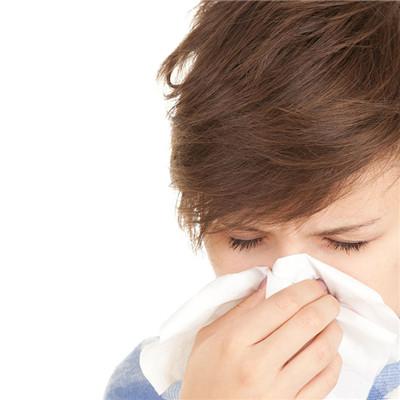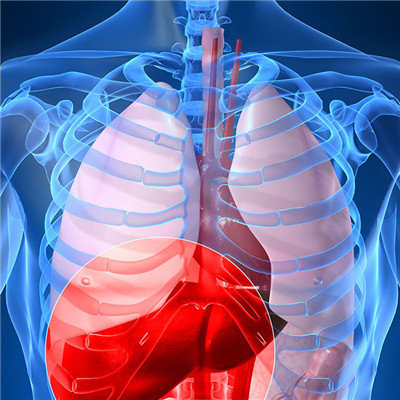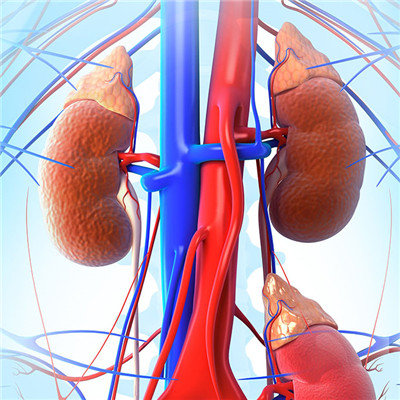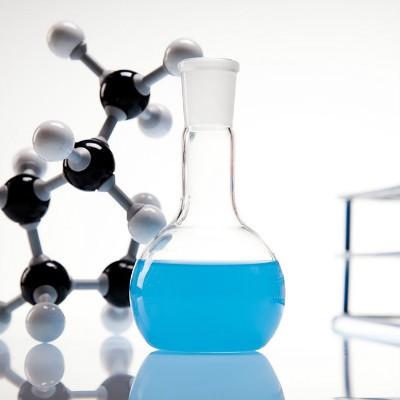Lhasa altitude reaction symptoms?
summary
Altitude sickness, also known as altitude sickness and mountain sickness, is strictly a type of altitude sickness. It is a kind of discomfort caused by human body rapidly entering the plateau above 3000 meters above sea level and exposed to low pressure and hypoxia environment. It is a unique common disease in plateau area. The common symptoms are headache, insomnia, loss of appetite, fatigue, dyspnea and so on. Headache is the most common symptom, often for the forehead and double temporal jump pain, pain aggravated at night or get up in the morning. Increased lung ventilation, such as mouth breathing, mild activity, can reduce headache. According to the severity of the disease, it can be divided into acute and chronic types, and then it can be divided into clinical types according to the organ system damaged by hypoxia. Lhasa altitude reaction symptoms? Let's talk about it
Lhasa altitude reaction symptoms?
It's very common. The maladjusted patients got sick 6-24 hours after entering the plateau area in one day, and appeared double frontal pain, palpitation, chest tightness, shortness of breath, anorexia, nausea and vomiting. The symptoms of central nervous system are similar to those of excessive drinking. Cyanosis of the lip and nail bed occurred in some cases. After staying at high altitude for 24-48 hours, the symptoms are relieved and disappear after a few days. A few of them can develop into high altitude pulmonary edema and (or) high altitude brain edema.
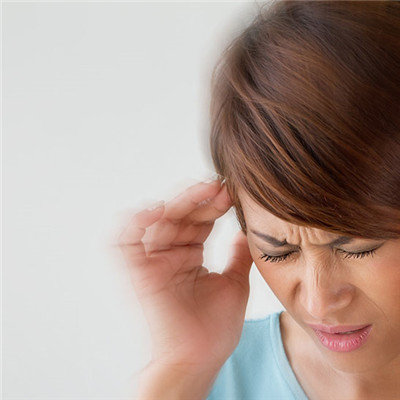
One or more of the following manifestations should be considered: ① headache, dizziness, nausea and vomiting, palpitation, shortness of breath, chest tightness, chest pain, insomnia, drowsiness, loss of appetite, abdominal distension, numbness of hands and feet and other symptoms, which can not be explained by other reasons. The evaluation of the degree of symptoms was mainly based on the degree of headache and (or) vomiting (mild, moderate and severe), and combined with other symptoms. ② At rest, only mild symptoms such as palpitation, shortness of breath, chest tightness, chest pain, etc. were observed, but the symptoms after activity were particularly significant. ③ Patients with the following signs, such as significantly increased pulse, mild or moderate increase of blood pressure (also low), cyanosis of lips and / or fingers, eyelid or facial edema, etc.

If the symptoms of acute altitude reaction persist for more than 3 months, headache, dizziness, insomnia, memory loss, inattention, palpitation, shortness of breath, loss of appetite, dyspepsia, numbness of hands and feet, facial edema, and sometimes arrhythmia or transient syncope will occur.

matters needing attention
Aspirin, acetaminophen, ibuprofen or prochlorazine were used in the treatment of headache; When nausea and vomiting, intramuscular injection of prochlorazine (or methylpiperacillin); Patients with severe reactions should be treated with analgesic, sedative and antiemetic drugs, such as Qutong tablets, diazepam and metoclopramide. The latter mainly acts on the vomiting center, but has no inhibitory effect on other areas. In severe cases, oral dexamethasone or combination of dexamethasone and acetazolamide was used.
